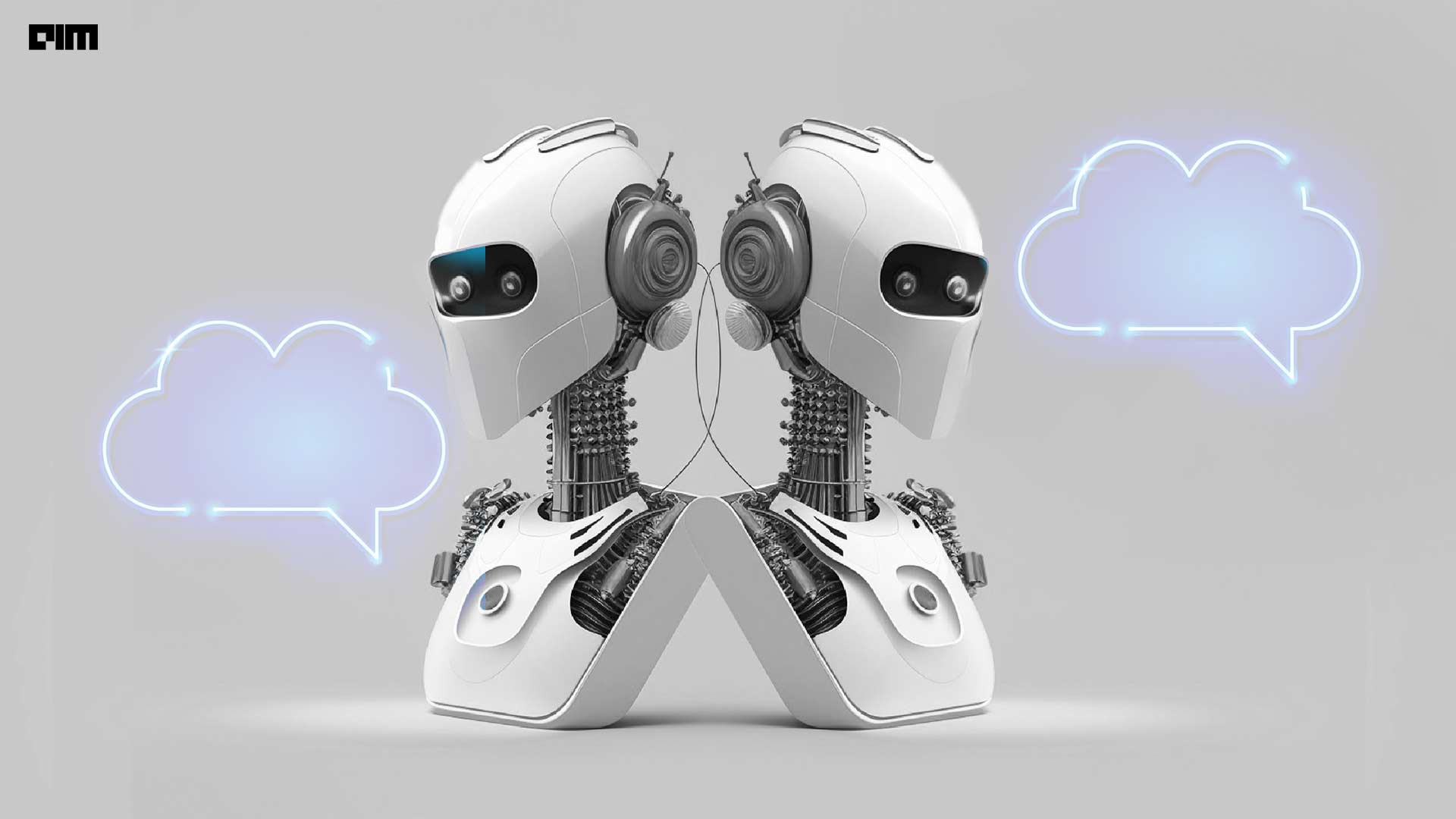|
Listen to this story
|
How often have you experienced this frustrating scenario? You’re talking to a chatbot as you’re trying to return an item. You get to the point where it asks you for an order number but you do not have one, so it restarts the conversation from square one again: “Hi, may I help you? What is your order number?” This back-and-forth is one of many frustrations that are faced not only by customers but also by the developers who are building this customer relationship management (CRM) chatbots meant to improve the user experience.
These frustrations aside, chatbots are incredibly valuable CRM tools for businesses due to their cost-effectiveness and capacity to handle large volumes of enquiries around the clock. This is made possible by the powerful cloud technology that drives them.
Sign up for the conference here.
How do Chatbots Work?
Chatbots are computer programs adept at simulating conversations with humans, commonly employed in customer service contexts. The essential technologies supporting chatbots encompass Natural Language Processing (NLP), enabling comprehension and response to human language; Machine Learning (ML), facilitating continuous improvement through user interactions; Database services for storing and retrieving information; Storage services to handle large data sets; and Compute services, providing processing power for NLP and ML algorithms. With the sheer amount of resources required to power each of these technologies, the cloud is an essential component that has enabled chatbot development.
All of these functions combined bring together the chatbot, which is able to interact with customers using conversational language to address common questions and where necessary, pull customer information from a database to help resolve an enquiry.
With that said, some of the difficulties faced by developers are the design of the conversational flow, training the AI which is the brains of the chatbot, and the integration of the chatbot with other systems, along with other operational considerations such as cost control and server maintenance.
The Cloud Tech That Drives Chatbot Development
Chatbot development can be quite a resource-hungry undertaking, which is why developers are turning to cloud-based technologies to reduce costs and improve efficiency.
Serverless computing and on-demand computing are two important cloud technologies in chatbot development. With on-demand cloud computing, developers have the ability to choose the right set-up for their deployment needs and scale computing resources up or down as needed to meet their traffic demands. By leveraging this technology, developers can avoid overpaying for unused capacity and improve the performance and reliability of the chatbot after deployment.
On top of the benefits offered by on-demand computing, serverless computing manages the infrastructure for the developer, which liberates them from the hassles of server and backend management. This approach reduces costs by removing the need for businesses to invest in and manage their infrastructure. Serverless computing is particularly appealing for chatbot deployment as these are event-driven applications and developers would only pay for the time that the code is run.
Aside from cost efficiency, these cloud computing products offer developers three significant advantages. Scalability is improved, enabling swift adjustments to computing resources based on demand, and ensuring chatbots stay responsive during peak usage. Accelerated deployment is another advantage, as on-demand computing eliminates the complexities of provisioning and managing servers. Maintenance is simplified, freeing up developers to focus on enhancing chatbot quality and functionality.
Some noteworthy cloud computing services that have evolved the functionality of chatbots include AI/Machine Learning (ML), computer vision, and Large Language Model (LLM). AI and ML plays a pivotal role in shaping chatbots, utilising diverse approaches falling under broader categories like NLP to enhance user interaction. ML algorithms, including those within generative AI, train chatbots for tasks such as intent classification, entity extraction, and response generation which improves its ability to understand customer enquiries.
Currently, the integration of generative AI is propelling chatbots in customer service, sales, and marketing. Customer service chatbots provide round-the-clock support, sales chatbots assess leads, and marketing chatbots promote products while collecting customer feedback. Leveraging these technologies in chatbot development brings benefits such as increased accuracy and efficiency, scalability for businesses of varying sizes, and continuous availability, thereby enhancing customer satisfaction and productivity.
Chatbots: The Way Forward
While they may have limitations at times, chatbots are rapidly revolutionising customer service, sales, and marketing, and cloud technology is playing a crucial role in this transformation. By leveraging cloud computing’s scalability, cost-effectiveness, and ease of maintenance, chatbot developers can overcome the challenges of building and deploying intelligent and responsive chatbots.
As cloud computing and AI continue to evolve, chatbots are poised to become an essential tool for businesses in the 21st century.
For further insights, register for the AWSome Day Online Conference, a free 3-hour cloud training by Amazon Web Services on November 16, 2023. Attendees will learn about cloud concepts, core services, innovative solutions, and practical skills to start building on the cloud.













